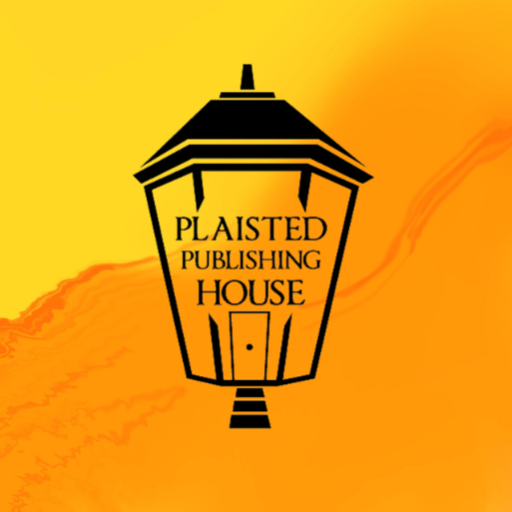How to Tell a Compelling Brand Story by Clifford Chi

Last year, a buzzword ripped through the content marketing space that most marketers were surprisingly thrilled about and eager to implement. Shockingly, it didn’t start with “virtual” or end with “intelligence”. Instead, it was what attracted most marketers to the industry in the first place — “storytelling”.
Content marketing’s steady adoption of storytelling is an exciting new opportunity for content creators. The human brain is wired to respond to well-crafted narrative — neuroscience proves that storytelling is the best way to capture people’s attention, bake information into their memories, and forge close, personal bonds. Your audience is programmed to crave and seek out great stories — that’ll never change.
However, since we’ve spent the majority of our careers optimizing content for algorithms, it can be challenging to flex a creative muscle that’s slowly withered away from inactivity and, in turn, move people emotionally and sear your brand into their memories.
So, to help you strengthen that creative muscle and write compelling stories again, we’ve created a guide about the fundamentals of brand story structure and provided examples of three small-to-medium sized businesses who have leveraged their brand story to resonate with huge audiences, despite their comparatively small size.
What is a brand story?
A brand story recounts the series of events that sparked your company’s inception and expresses how that narrative still drives your mission today. Just like your favorite books and movies’ characters, if you can craft a compelling brand story, your audience will remember who you are, develop empathy for you, and, ultimately, care about you.
When HubSpot first started, we noticed traditional, interruptive marketing didn’t appeal to consumers anymore. Due to the digital age, people were in complete control of the information they consumed — and they were sick and tired of receiving direct mail, email blasts, and cold calls. People wanted to be helped, so we started creating educational content that aided people in solving their marketing problems.
Today, we’ve built a passionate community of inbound marketers, expanded our inbound marketing approach to the sales and customer service industries, and strengthened the inbound movement more than ever before.
This our brand story — a simple, digestible narrative that explains why HubSpot began, and how this reason still serves as our purpose today.
How to Write a Brand Story
1. Highlight your story’s conflict.
Check out the following story. Does it resonate with you?
A girl wearing a red-hooded cloak is strolling through the woods to give her sick grandma some much-needed food and TLC. She passes by a wolf on the way. They exchange a slightly awkward soft smile-nod combination that random colleagues usually greet each other with as they pass in the hallway. She makes it to her grandma’s house without a scratch. They eat lunch and play a game of Clue together. Grandma wins by deducing that Colonel Mustard killed Mr. Boddy in the Billiard Room with the candlestick — what a shocker! The End.
So … what’d you think? Did this story keep you on the edge of your seat? Or does it feel … off? For some reason, it doesn’t work, right? That’s because there’s no conflict. Despite the intense game of Clue at the end, there’s nothing at stake. There’s no tension. The wolf didn’t try to eat the girl. He didn’t even go to Grandma’s house. He barely acknowledged Little Red Riding Hood.
At their core, stories are about overcoming adversity. So if there’s no conflict presented, there’s no drama or emotional journey that people can relate to. And if your story has no drama or emotional journey, it won’t hold anyone’s attention — let alone resonate with and inspire them.
Unfortunately, in the business world, brands are horrified to reveal any adversity or conflict they’ve faced. They believe that spinning a rosy, blemish-free story about how their company only experiences hockey stick growth will convince people that they’re the industry’s best-in-class solution. Any adversity or conflict during their company’s history will expose their imperfections, deterring potential customers from buying their product.
But, in reality, this is a huge misconception. Nothing’s perfect. Everything, including companies (especially companies), has flaws. Plus, people don’t relate to perfection. They relate to the emotional journey of experiencing adversity, struggling through it, and, ultimately, overcoming it. Because, in a nutshell, that’s the story of life.
Conflict is key to telling compelling stories. So be transparent about the adversity your company has faced, and own it. The more honest you are about your shortcomings, the more people will respect you and relate to your brand.

